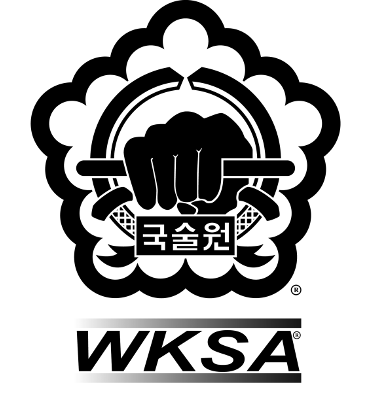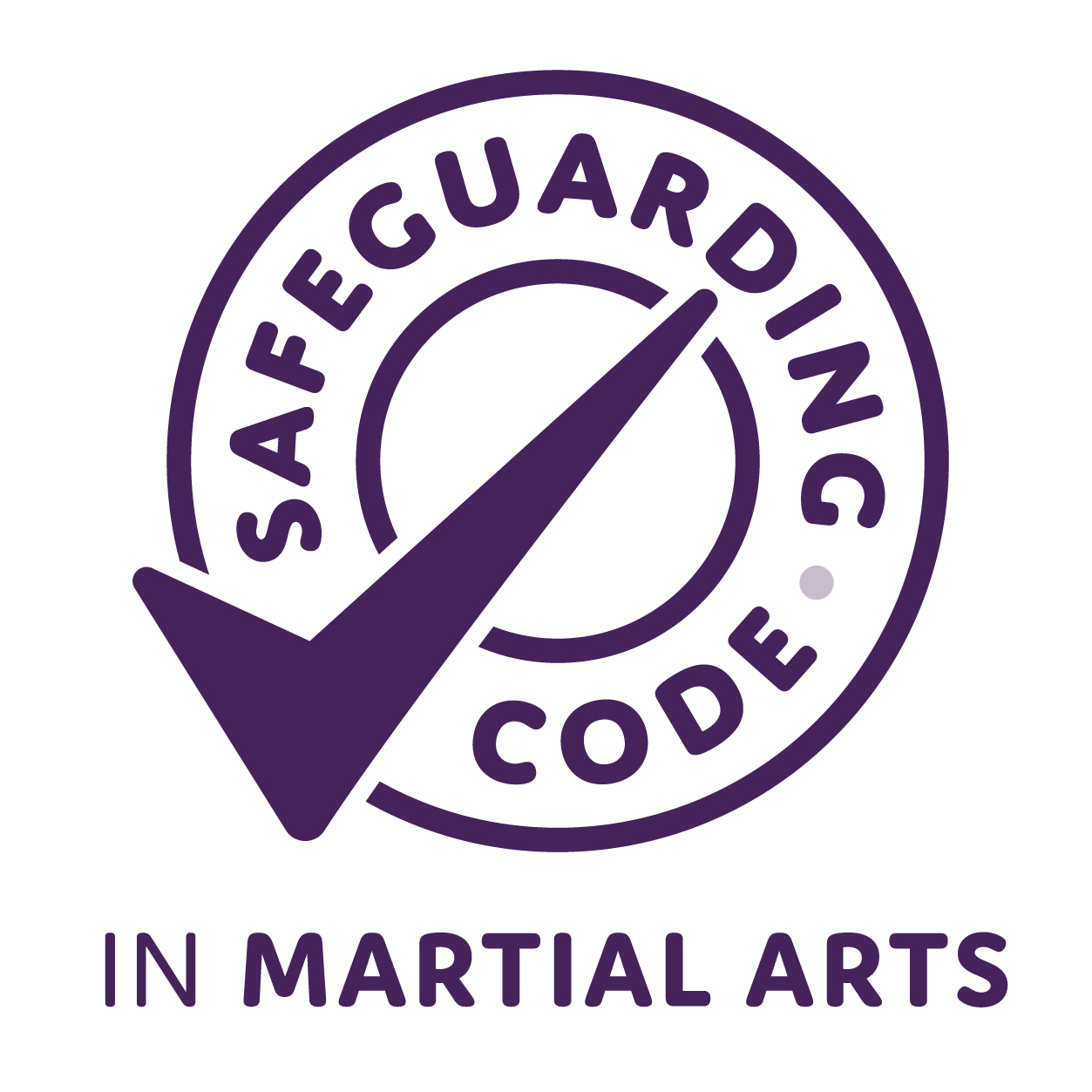Out of the twenty-four traditional weapons that Kuk Sool has on offer, the long sword and staff seem to be the most popular. However another weapon that is emerging as a strong favourite amongst high-level Kuk Sool practitioners is the Spear (or Chang, as it is more commonly known).
Master Alex Suh (SIKJN) is a weapons specialist and widely renowned for his expertise with the traditional long sword for which he has won many Grand Championship titles in the US and Korea.
These days Master Alex is at the forefront of the World Kuk Sool Won organization, as well as running his own full-time school in Tomball, Texas. Alongside his martial art dealings Master Alex also has a Doctorate in Chiropractic medicine and was also a prominent lecturer at the Texas Chiropractor College in Houston.
With so many hats to wear, as well as being a loving father to his two children, it’s surprising that Master Alex has time for anything else, let alone entertaining and spending considerable time with visiting instructors from the UK, never-the-less that’s exactly what he did with us during a two week visit.
Being around Master Alex, one immediately notices how obliging he is. When you ask him a specific question concerning Kuk Sool technique you will always receive a well-defined comprehensive answer, of course being the Grandmaster son, his knowledge is vast, both from a technical and historical viewpoint.
I took the liberty in asking Master Alex if he would explain a little bit more about the history of the Korean spear to help myself and my own students to get an exciting insight to this traditional Korean weapon.
He explained that the spear was initially a very primitive weapon that originated from the Tribal (Sado Mu Sool) aspect of Korean martial arts. It was generally made from bamboo with one end angled into a point and was generally used for hunting food and frequent tribal skirmishes.
As weaponry in Korea developed over a period of time, a metal point was added and the spear became a more prominent weapon with foot soldiers and horseback warriors, especially during the Koong Jong Mu Sool (Royal Court) period.
The different lengths usually distinguished the chang, for example the long spear (Jang Chang) was a horseman’s weapon and usually made from hardwood, while the shorter more supple bamboo spear (jook jang chang) was a favourite with the regular foot solider. This type of spear was generally shorter, lighter, flexible and a more manoeuvrable weapon for the battlefield.
Horseman did use the shorter spear on horseback mostly carrying the army’s colours in the form of a flag spear (ki chang), which could also be adapted and used as a fighting implement as well.
The traditional Korean spear could be used in several different ways; with its sharpened metal tip it could be used in a cutting or diagonal slicing motion. The opposite end had similar use to that of a staff and of course most spears had the added advantage of being able to be thrown.
The advantage of having a spear as opposed to using a sword was that it did add considerable distance between a warrior and his opponent. The spear with it’s red dyed horsehair at the end of the metal section was used to soak up blood so didn’t run down the pole making the warriors hands become slippery. The red horsehair was also used as form of distraction, disorientating an opponent with circular movements in front of their face.
It was reported that a famous general during the Koong Joong Mu sool period in Korean history made the spear his favourite weapon, it was made completely out of steel and he was renowned for defeating many warriors during battle for which he became a legendary fighter.
During a similar period many illustrious martial art champions were specifically hired by the military to teach specialised spear techniques to the army. Master Alex emphasized that many of these techniques could still be discovered hidden within the traditional Kuk Sool spear hyung (form) or spear sparring that is practiced today.
Spear sparring is one of the most physically and technically challenging aspects practiced within the Kuk Sool programme. Normally only taught at fourth degree black belt level this prearranged sparring set is performed by two partners, that actually emulate a typical battle scene scenario.
It was a recognised fact that in ancient times warriors would actually prepare themselves for battle using this choreographed routine, obviously the objective was not injure or kill your partner before the main event, hence the reason for developing superb control and precision while executing these lethal techniques.
In order to perform the spear sparring routine correctly requires tremendous levels of agility from both partners. There are many acrobatic manoeuvres that are employed which are not designed for the inexperienced practitioner. When you have a sharp object being thrust in your direction you have to be able to jump, cartwheel or roll out of the way, otherwise you could find yourself in serious trouble.
So what does this type of training do for today’s practitioner? Well apart from sharpening up ones concentration levels, it significantly improves every aspect of a martial artist’s ability. Obviously in order to perform this type of activity a black belt practitioner must have already mastered all the fundamental levels of martial art training. Because of the extreme risk involved with this type of practice, it is only introduced at advanced black belt level and shouldn’t be attempted by anyone who hasn’t been taught by a qualified WKSA instructor.
In order to fully prepare for spear sparring the Kuk Sool practitioner will have already completed several years of basic staff sparring. When complete proficiency has been gained in this area then its time to move to the next stage of training, the spear hyung/form.
The introduction of the spear hyung/form allows the practitioner to learn specific moves on his or her own that correlate to the spear sparring routine. Again several years of dedicated practise is required in order to gain complete expertise with this hyung.
Finally, after much preparation it’s time to add your partner back into the fray. Guided by a specific step-by-step attack and defensive procedure, each movement is performed slowly and methodically. Again all movements must become habitual, repeated hundreds of times until speed, fluidity and precision become second nature.
Ultimately, when spear sparring is performed at its very best, this specialised routine is acknowledged as one of the most dynamic aspects practiced within Kuk Sool Won today.
It’s refreshing to know that many of the fighting techniques of ancient Korea are still alive today and can be discovered within the Kuk Sool curriculum. The only drawback – as a practitioner it may take you many years before you actually get to try out this type of practice. But as previously mentioned this is not an activity that should be attempted without gaining many years of experience, as well as having the guidance of a qualified WKSA Master Instructor.





